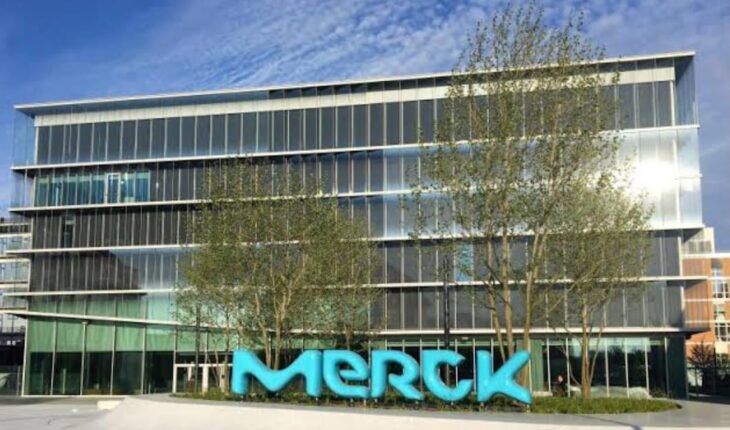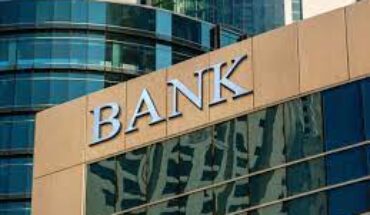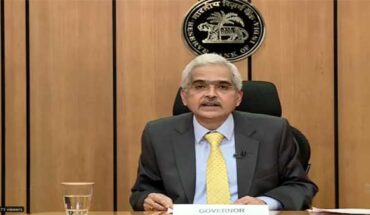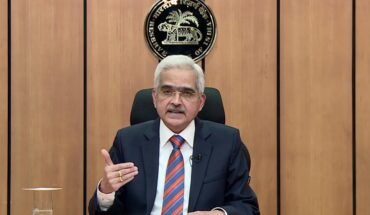E. Merck KG is the holding entity which is a partnership firm. Through the holding entity, the organization has control over Merck KGaA (or Merck) which is a listed company. As on December 31, 2024, the Merck Group had 62,557 employees belonging to 142 nationalities. The Group’s net sales amounted to €21.2 billion in fiscal 2024. The company is the longest surviving pharma enterprise in the world. The founding family which is the majority owner is in its 13th generation. 356 years of existence and the control of the family offers interesting insights for family-owned pharma companies in India given the fact that Indian pharmaceutical companies are primarily family-owned. Unique ownership structure, long-term mindset, reinventing the business model from time to time, etc. remained primary ingredients.
Annual Report of 2024 of Merck KGaA shows the ownership structure whereby the founding family still holds a 70.274% stake in the listed company, i.e., Merck Kommanditgesellschaft auf Aktien (Merck KGaA), Darmstadt, as a general partner and that too, via the Group’s ultimate parent company, i.e., E. Merck Kommanditgesellschaft, Darmstadt. The remaining stake of 29.726% of equity share capital of the listed company is traded on the Frankfurt Stock Exchange and other stock exchanges. In a KGaA, total capital is divided between two categories of partners namely ‘general partners’, and ‘limited partners’ whereby general partners are personally liable with their assets, and limited partners are liable with their contributions. Further, under the Family Contract, family members are not allowed to sell their equity, and they can just transfer their equity to another family member. While doing so, they have to sell the equity at a discount of 20 per cent of the market value of the shares of the listed company. This ensures reluctance on the part of family members as it will cause them loss. This reflects that the family remains engaged while maintaining a degree of detachment.
Merck came into existence in 1668 when the founder – Friedrich Jacob Merck who was a pharmacist bought a pharmacy in Darmstadt, a town near Frankfurt in Germany. Owning and operating a pharmacy was a mandatory requirement for a pharmacist in Germany. Over a period of three and a half centuries, the Group saw many upheavals. Two World Wars brought existential crisis for the Group. In 1917, the group’s American subsidiary – Merck & Co. which was the group’s largest international business, was confiscated and expropriated by the US government by considering it as ‘enemy property’. George Merck, grandson of the founder – Friedrich Jacob Merck was managing the subsidiary as he had moved to the USA in the 1880s. George Merck, by virtue of being American citizen could buy back the shares of Merck & Co. after the World War I. Hence, Merck & Co. (USA) continues to operate as a separate business which is independent of the Merck (Germany). Even today, E. Merck KG and Merck KGaA highlight that they hold the global rights to the Merck name and brand, and the only exceptions are Canada and the United States. Merck KGaA operates in these countries as MilliporeSigma (Millipore, a Boston-based Life Sciences company, acquired in 2010, and Sigma Aldrich, St. Louis-based Life Science company acquired in 2015) in the Life Science business, as EMD Serono (Serono, a biotech company, acquired in 2007) in the Healthcare business and as EMD Electronics in the Electronics business.
World War II dealt another major blow to Merck Group as its 90% business and factories got destroyed in bombings. Most of the Group’s international subsidiaries were confiscated by foreign governments as these were treated as deemed enemy property. Many of the subsidiaries were sold too due to increase in the costs or due to losses. Post-World War II, the company rose like a Phoenix as it focused on select niche areas.
Way back in 1827, Emmanuel Merck, the representative of founders’ family used to offer 48 different alkaloids to pharmacists in Germany thereby establishing Merck as an Industrial enterprise. Prior to this, industrial-level production of alkaloids was not feasible due to lack of standardization. In 1904, Merck was manufacturing medicines, and the portfolio consisted of about 10,000 products. Not only that, but the group also sold the generics business to Mylan as it realized that it was a poor ‘strategic fit’ and was a ‘commodity business.’
Diversification of the business and focus on select niche areas reflect the code of the group’s longevity as it kept on reinventing itself.
Merck KGaA, Darmstadt, Germany was founded in 1995 as a partnership limited by shares. It came up with an Initial Public Offering (IPO) with a volume of Deutsche Mark (DM) 2.4 billion in November 1995. This was the largest public offering in German history at that time. Accountability towards investor groups and other stakeholders is reflected in the information provided in accordance with the requirements of the European Sustainability Reporting Standards (ESRS), the standards of the Sustainability Accounting Standards Board (SASB), the Task Force on Climate-related Financial Disclosures (TCFD), and the Global Reporting Initiative (GRI). Processes and data is based on the ISO standards including ISO 14001, ISO 45001, ISO 9001, and ISO 50001. Validation of corresponding certifications by external auditors adds strength to the disclosures.
Hence, transparency and accountability towards stakeholders through disclosures, and scrutiny of processes as well as data by third party becomes important parameter for good governance. Family-owned companies in general do not lay too much emphasis on these parameters.
Interface of Corporate and Family governance structures is another crucial element. Annual Report of Merck for 2024 shows that Merck KGaA has the Executive Board, the Supervisory Board as well as the Board of Partners of E. Merck KG. The Supervisory Board that performs a ‘monitoring function’ had 16 members as on December 31, 2024, comprising 8 shareholder representatives and 8 employees’ representatives. In this way, the Board ensures a mix of family as well as non-family members thereby ensuring good corporate governance standards. The Executive Board comprises members who have extensive knowledge of key industries and business sectors (Life Science, Healthcare, and Electronics) in which the company is operating. The Supervisory Board is kept adequately and timely informed by the Executive Board. The competencies and activities of the Supervisory Board are complemented by the Board of Partners of E. Merck KG, Darmstadt. It is the Board of Partners which designs and reviews the remuneration system. The management performance of the Executive Board is also monitored by the Board of Partners. The Family Board of E. Merck KG considers ‘competencies’, ‘expertise’, ‘experience’ on areas such as sustainability matters, management skills, leadership abilities, etc. In-depth expertise and experience in the Life Science, Healthcare and Electronics sectors also forms integral part. In this way, industry and product knowledge helps the Board of Partners in complementing the expertise, experience and activities of Supervisory Board.
Bringing together talented members of the family and industry professionals who are non-family members, results into formation of a cohesive and progressive group. Appropriate blend of ownership and management gets ensured.
Family businesses get destroyed because of feuds. To strengthen the bond, family members across generations (10th to 13th) keep on interacting through family days, participation in informal social events, family intranet, in addition to in-house magazine, ‘Merck Family News’.
Next Generation Leadership Development is an important aspect in the company as it is conducting two education programmes namely the Merck Next Generation -1 (for family members falling in the age group of 15-23) and Merck Next Generation – 2 (for family members falling in the age group of 24-35). Engaging next generation members through education & training programmes, giving exposure at the factory-level, and assigning role in different international markets is pursued. Family members are also encouraged to join programmes offered by Witten/Herdecke University in family business.
Engaging next generation leaders in a family-owned business through immersion programmes, training, education, and role in operating activities of the organization can prepare family members to take up responsible positions such as Board members in future. This can provide continuity of value system, strategic direction, family’s long-term vision, and prioritizing the interests of the company over individual family members’ interest. It is because of these elements; the Merck Group has preserved the legacy for centuries. The Group attributed longevity to focus on strategic areas comprising ‘Competence’, ‘Curiosity’, ‘Capability’, and ‘Continuity’.
Dr. Anil Kumar Angrish-Associate Professor (Finance and Accounting), Department of Pharmaceutical Management,NIPER S.A.S. Nagar (Mohali), Punjab
Disclaimer: Views are personal and do not represent the views of the Institute.

